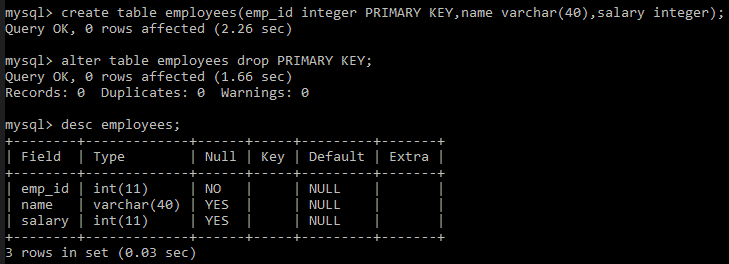

psql enables you to administer PostgreSQL from the command line interface (CLI) as an alternative to using a graphical user interface (GUI), such as pgAdmin, Postico, Azure Data Studio, etc. psql is a terminal based interface for PostgreSQL.In the following example, we connected to a database named mydb. Once connected, we can run SQL queries on the database. You have to provide the database name after \c. This psql command is used to connect to a specific database. If you create a table that has a DATE column and you want to use the current date as the default value for the column, you can use the CURRENT_DATE after the DEFAULT keyword.psql Comands Connect to Database \c databasename. PostgreSQL uses the yyyy-mm-dd format for storing and inserting date values. PostgreSQL supports a DATE data type to store date values.It takes 4 bytes of storage and ranges from 4713 BC to 5874897 AD. Run a CREATE DATABASE command to create a new database.
#Postico create primary key windows
We can use the psql prompt for writing various commands and queries interactively and execute them to the PostgreSQL for having results.In the Windows Command Prompt, run the command: psql -U userName. The psql prompt is an interactive interface front-end to the PostgreSQL same as terminal provided with its default installation. In this article, we will look into some of the most frequently used Psql commands.The PostgreSQL supports various commands which we can execute from the psql prompt. It is used to query data from the PostgreSQL database server faster and more effectively. The terms can be used interchangeably.Psql is an interactive terminal to work with the PostgreSQL database. The reason the command success is returned as CREATE ROLE is that Postgres does not differentiate between a role and a user.


In PostgreSQL, a user can easily be created using the CREATE USER command : postgres = # create user amit CREATE ROLE postgres = #.


 0 kommentar(er)
0 kommentar(er)
